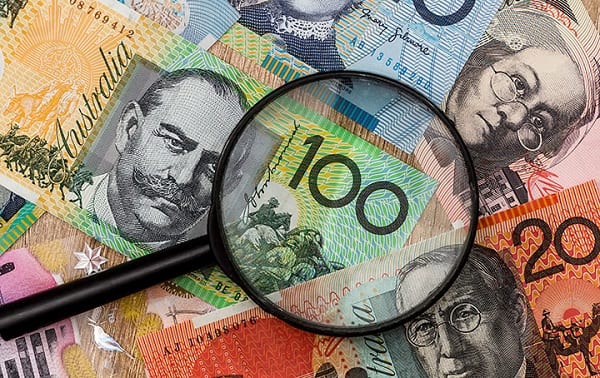How does the coronavirus cash flow boost payment really work?

Small to medium business employers claiming the “coronavirus cash flow boost payment” (minimum of $10,000 and a maximum of $50,000) announced in the second round of stimulus that are hoping to receive an injection of cash should beware.
The “payment” is not actually a payment at all, rather it is a credit that will be offset against the tax liabilities that appear on your Business Activity Statement (BAS) and any debits in your Running Balance Account (RBA) with the ATO.
While it is still likely to support employment by reducing the amount businesses have to pay the ATO, businesses hoping to get a cash injection may be sorely disappointed.
What is the coronavirus cash flow boost?
As part of the second round of economic stimulus in response to the COVID-19 pandemic, the parliament passed laws to facilitate a cash flow boost for employers.
Put simply, the cash flow boost payments are intended to support employment by providing Federal support for employers through the tax system. It is admirable yet will likely prove very complex to administer.
To recap, the measure ensures that an eligible employer receives an amount equal to 3 times the amount of tax withheld from ordinary salary and wages as disclosed in the March monthly BAS, or equal to the amount of tax withheld from ordinary salary and wages for the March quarter – both subject to a minimum boost of $10,000 and a maximum boost of $50,000. The payment is due on 28 April 2020 and other payments will follow later this year.
Eligibility for the coronavirus cash flow boost
The cash flow boost payments are only available to entities that qualified as small or medium entities for the income year for which they have been most recently assessed. In other words, entities that have turnover less than $50M. There will be no cash flow boost payments for entities that have turnover greater than $50M. Note, there is also a withholding requirement (i.e. the payment will only be made to entities that first notified the Commissioner that it has a withholding obligation through the lodgment of a BAS for the period).
Therefore, the key to the system is the BAS that entities lodge for March, either monthly or quarterly. Pretty much everything will be automatically generated from that. That BAS determines how much is paid and when it is paid.
A word of caution
The headline numbers and dates can be a bit misleading. It is not a minimum $10,000 payment that will be received, it is a minimum gross credit of $10,000 that you will be entitled to (in respect of the March BAS). This credit will be offset against any of the liabilities that appear on your BAS and any debits in your RBA. This may result in a refund, but more likely for most taxpayers it will result in a reduction in the amount they owe to the ATO.
Even assuming that the ATO owes you money (i.e. a refund), it will not be paid on 28 April, but rather within 14 days of lodging the BAS.
So, any expectation that a minimum amount of $10,000 will be deposited into your bank account on 28 April will not be met. The ATO has advised that lodging a BAS early will not give rise to an early payment of the first cash flow boost.
Contrived arrangements and schemes
Another important feature to note is that eligibility for the cash flow boost is subject to a specific integrity rule to stop artificial or contrived arrangements and schemes.
The ATO has stated that a “scheme” for this purpose includes restructuring a business or the way an entity usually pays its workers to fall within the eligibility criteria.
A scheme could also involve increasing wages paid in a particular month to try and maximise the amount of the cash flow boost.
The ATO will be reviewing entitlement to the cash flow boost. Where a scheme is found, the ATO will:
- cancel any credit;
- demand repayment of overpaid amounts together with interest and penalties.
Be careful
If your small or medium business is thinking of claiming the coronavirus cash flow stimulus payment, it would be prudent to analyse how much you will actually get based on current levels of salary and wage payments and any existing ATO debt.
The ATO has stated that any sudden changes to the characterisation of payments made may cause it to investigate whether the payments are in fact wages.
Call us today if you need any help or assistance.
Disclaimer: The information on this page is for general information purposes only and is not specific to any particular person or situation. There are many factors that may affect your particular circumstances. We advise that you contact Mathews Tax Lawyers before making any decisions.
